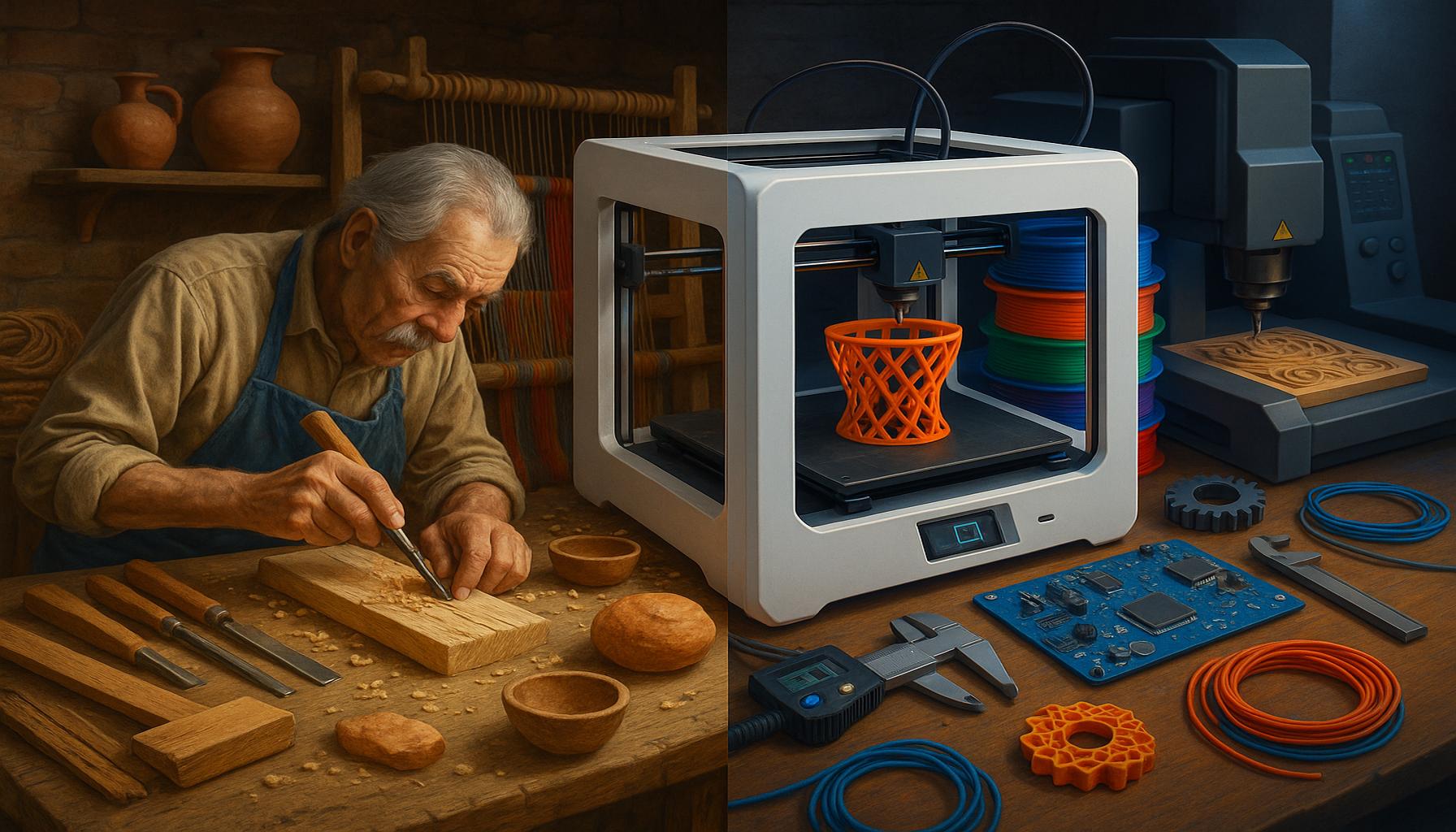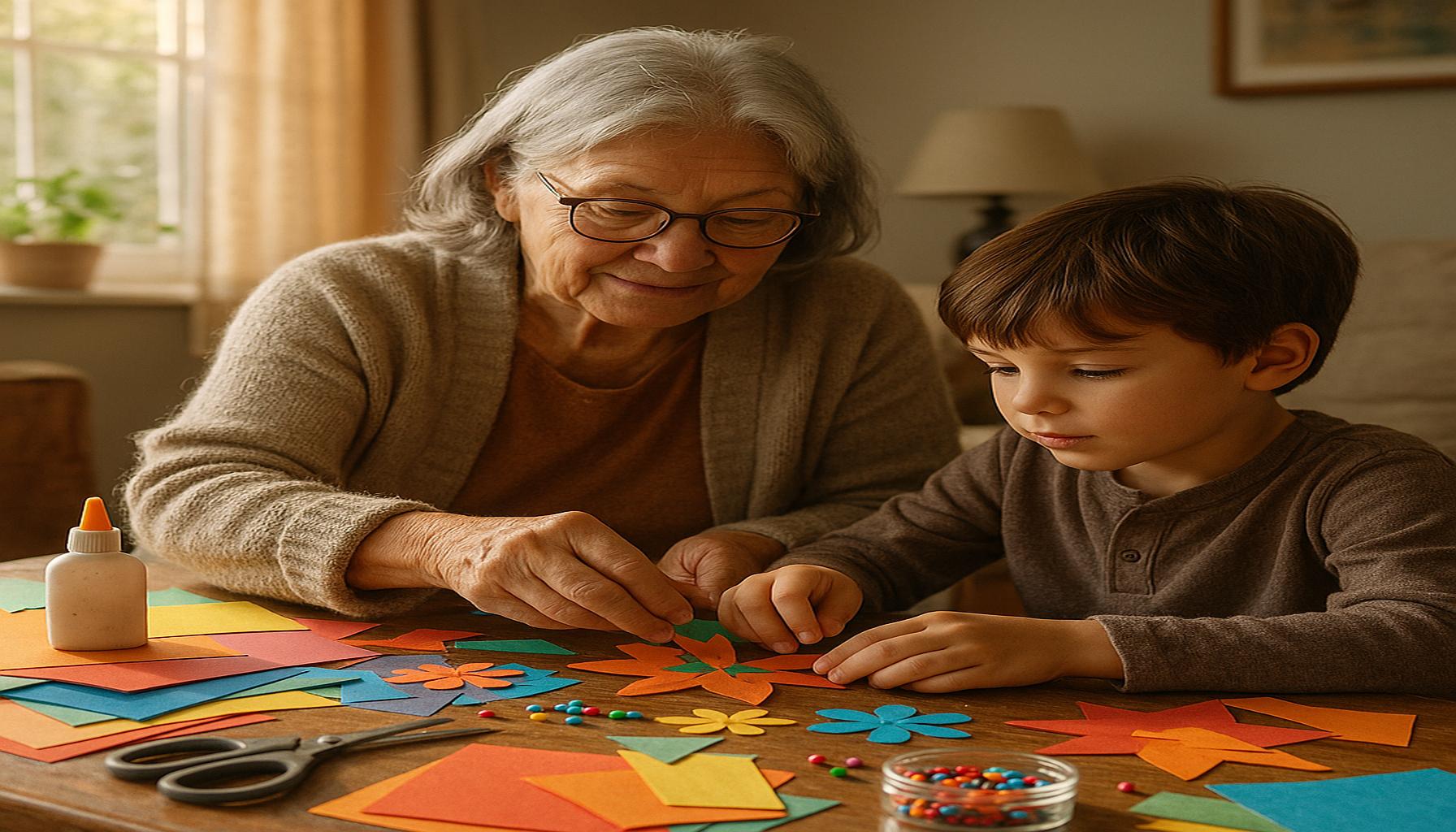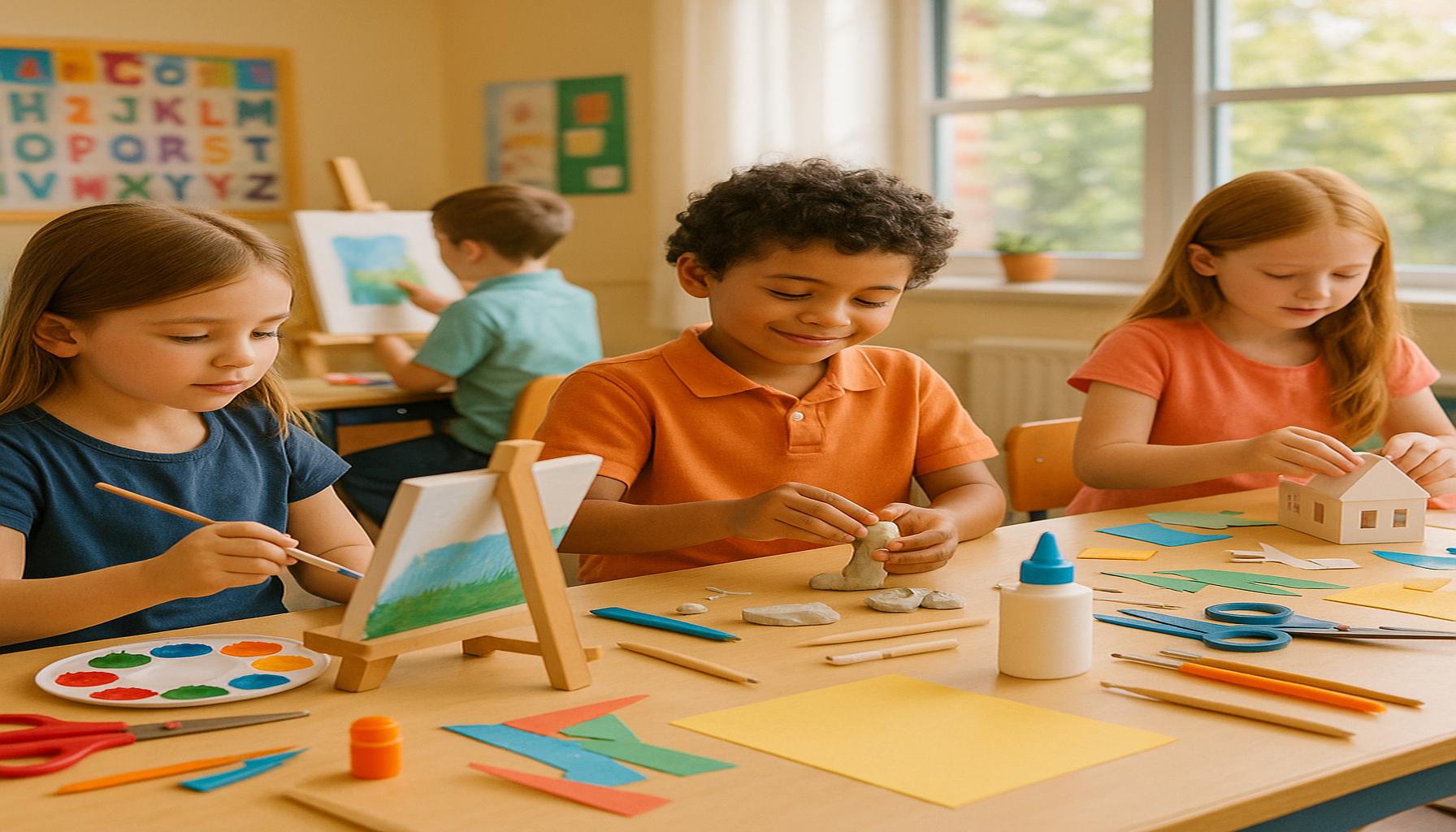The Art of Repurposing: Creating Sustainable Decorations with Crafting
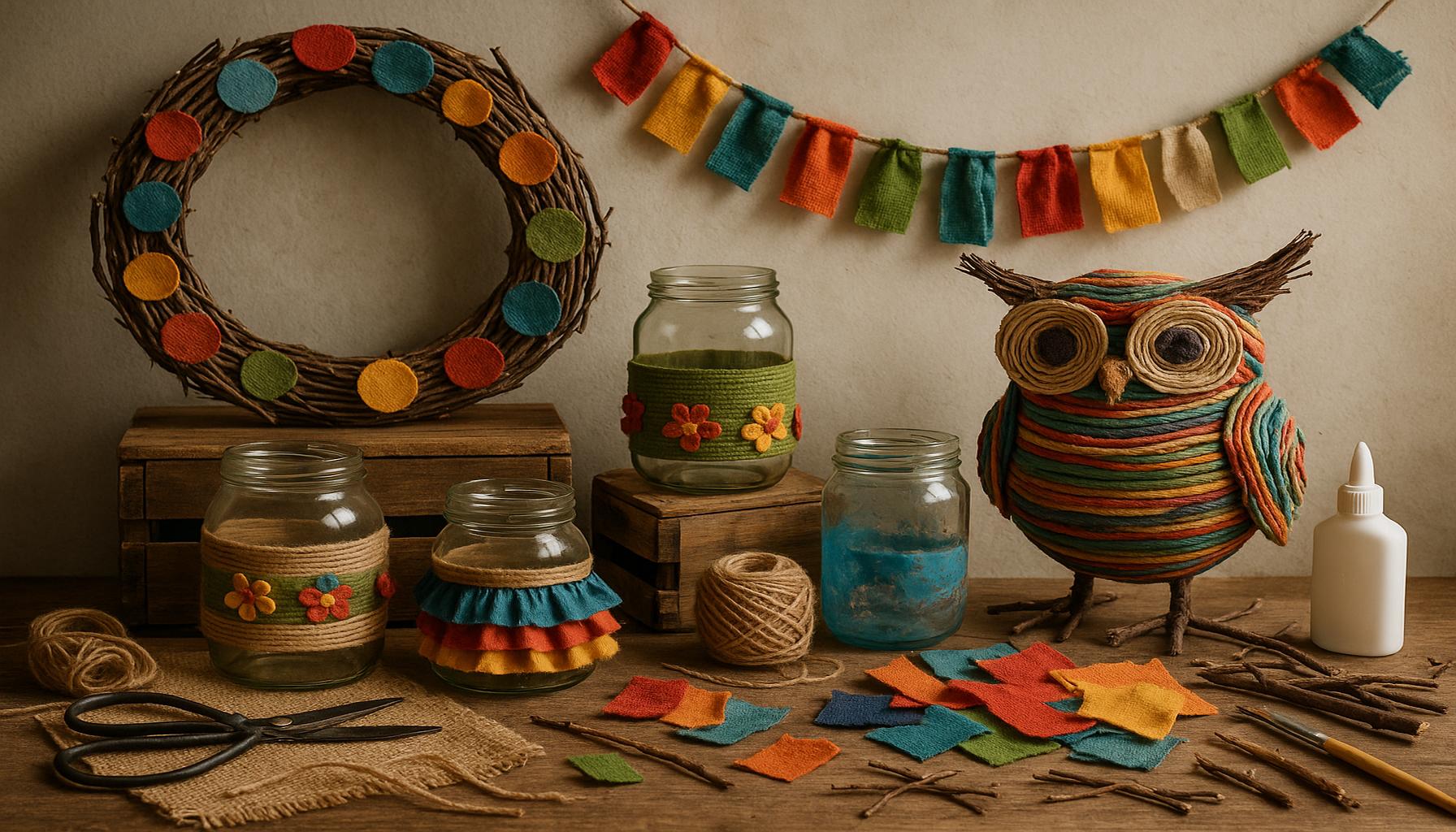
Embracing Sustainability Through Repurposing
In our consumer-driven society, the transformation of everyday items serves as a reminder of what creativity and sustainability can achieve in harmony. The concept of transforming everyday items into beautiful decorations goes beyond mere aesthetics; it represents a conscious effort to minimize waste and foster a sense of individuality. This movement not only allows for artistic expression but also invites a personal narrative to accompany each creation.
The benefits of repurposing in decorating are manifold, addressing both environmental concerns and personal aspirations:
- Environmental Impact: By repurposing materials, you help to reduce landfill waste, which is a growing concern across the United States. According to the Environmental Protection Agency (EPA), Americans generated approximately 292.4 million tons of trash in 2018. Every item you repurpose contributes to the reduction of this staggering statistic, thus playing your part in conserving natural resources.
- Cost-Effectiveness: In times of economic hardship, saving money without sacrificing style becomes crucial. Why purchase expensive decor when you can upcycle? For instance, a simple glass jar can serve as a unique candle holder or flower vase, turning an ordinary object into an eye-catching piece of art.
- Uniqueness: Unlike mass-produced items, repurposed decorations carry a story, making your home a reflection of your personal tastes and experiences. For example, a repurposed wooden pallet can evoke memories of summer barbecues when transformed into an outdoor coffee table, making your space not just aesthetically pleasing, but filled with nostalgia.
Look around your home. You might find:
- Glass jars that can be beautifully decorated, enhanced with twine or paint to serve as charming candle holders or kitchen storage containers.
- Old furniture pieces descending from the family lineage, waiting to be revitalized with a fresh coat of paint, or reupholstered to reflect modern trends.
- Fabric scraps left over from past projects, which can be fashioned into delightful wall hangings, quilts, or even eco-friendly gift wrap.
Engaging in sustainable crafting opens avenues for creativity while allowing you to form a deeper connection with the resources you use. Join the movement as we uncover innovative ways to repurpose materials and discover how these creative endeavors can serve as a platform for environmental stewardship and artistic expression. Whether you are looking to spruce up your living space or develop a new hobby, the possibilities are endless when it comes to turning the mundane into extraordinary decorative pieces.
DIVE DEEPER: Click here to explore watercolor techniques
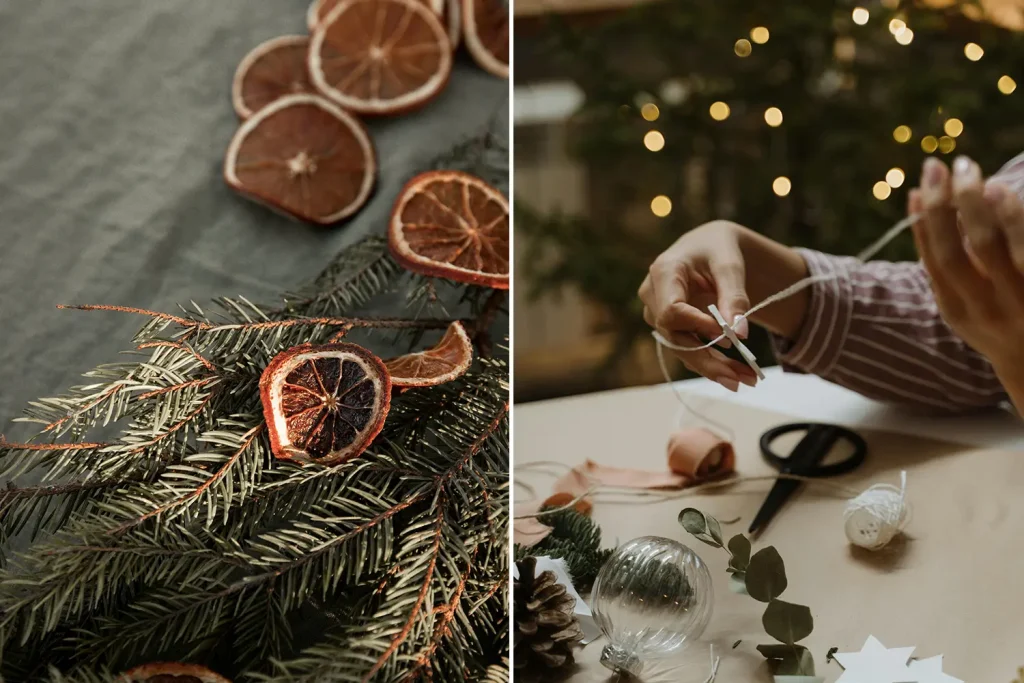
Transforming Trash into Treasure: Repurposing Ideas for Your Home
The art of repurposing is not just a trend; it is a sustainable practice that encourages creativity while addressing environmental concerns. By turning unwanted items into unique decorations, you take a stand against consumerism and its environmental footprint. Ready to dive into some innovative ideas? Let’s explore a few simple yet effective ways to repurpose everyday objects into charming decorations that can enhance your living space.
1. Upcycling Glass Jars
One of the most versatile items you may have at home is glass jars, which often end up in recycling bins. Rather than tossing them away, consider these exciting possibilities:
- Candle Holders: Decorate your glass jars with twine or paint to convert them into rustic candle holders. Fill them with colored sand or pebbles for added flair.
- Planters: With a bit of creativity, glass jars can become stunning home planters for succulents or herbs. Just add some potting soil, and you have an elegant display piece.
- Storage Solutions: Label and repurpose jars to creatively organize your kitchen or craft supplies. They not only serve their purpose but also add a decorative touch to your space.
2. Breathing New Life into Old Furniture
If you have inherited furniture pieces from family members or picked up something interesting at a thrift store, don’t overlook their potential. Old furniture can be transformed in numerous ways:
- Painting: A fresh coat of paint can revitalize an outdated piece. Bright colors or soft pastels can modernize wooden cabinets or chairs.
- Reupholstering: Change worn-out fabrics with contemporary patterns or textures to create a refreshed look that aligns with your decor style.
- Functional Art: Transform a wooden crate into a stylish side table or a vintage ladder into a stunning display for potted plants.
3. Fabric Scraps into Artistic Creations
Fabric scraps often accumulate over time from previous craft projects, but they don’t have to be thrown away. Here’s how you can turn them into beautiful decorations:
- Wall Hangings: Use assorted fabric pieces to create a colorful wall hanging or tapestry. Sew them together or use fabric glue for a collage effect.
- Quilts: Gather fabric scraps to make quilts that tell a story. Each piece can represent a memory or moment, bringing warmth and comfort to your living space.
- Eco-Friendly Gift Wrap: Repurpose fabric scraps as unique wrapping paper for gifts, adding a personal touch while promoting sustainability.
As you explore these repurposing ideas, remember that the essence of crafting lies in your imagination and personal style. The journey of creating sustainable decorations can enrich your home while playing a significant role in reducing waste and promoting eco-friendly practices.
| Advantage | Description |
|---|---|
| Eco-Friendly Practices | Repurposing materials reduces waste and promotes sustainability in crafting. |
| Cost-Effective Solutions | Using discarded items for decoration saves money compared to new purchases. |
| Unique Creations | Crafting with repurposed materials results in one-of-a-kind decor pieces. |
| Community Involvement | Repurposing projects can unite communities in crafting workshops and events. |
Exploring the world of repurposing through crafting opens new avenues for creativity and sustainability. Each advantage highlighted in the table above serves as a gateway into a lifestyle that prioritizes ecological responsibility and artistic expression. By embracing eco-friendly practices, individuals can contribute to minimizing landfill waste while creating beautiful decorations that tell a story. The cost-effective nature of these creations makes them accessible to everyone, allowing for innovative designs without breaking the bank. Furthermore, unique creations arise from the fusion of old materials with new ideas, resulting in décor that reflects personal taste and individuality. Community involvement is another significant benefit. Crafting together fosters connections, inspiring others to think creatively and environmentally. As interest in sustainable living grows, so do the opportunities to craft your way towards a greener future. As you delve into this art form, you will uncover many more benefits that await in the realm of repurposed decorations.
DIVE DEEPER: Click here for some fantastic gardening tips!
Creative Uses for Common Household Items
In addition to glass jars and old furniture, many everyday items can be creatively transformed into sustainable decorations, reducing waste while adding an artistic touch to your home. Let’s delve deeper into some common household items that often go unnoticed and discover how they can be repurposed into something extraordinary.
4. Wine Bottles: Chic and Stylish Decor
Empty wine bottles are not just trash; they spark endless decor possibilities. Here are some chic ideas to breathe new life into them:
- Vases: Cleaned wine bottles make stunning vases for flowers, adding an elegant touch to dining tables or countertops. For extra flair, consider painting them in matte colors or wrapping them in twine.
- Outdoor Lighting: Use wine bottles as charming outdoor lanterns. Simply insert fairy lights into the bottles or cut them at the bottom to place candles inside for a warm, inviting atmosphere during evening gatherings.
- Artistic Displays: Cluster several bottles, varying in height, as a centerpiece for your coffee table. Add colored sand or pebbles in the bottom to enhance their aesthetic appeal.
5. Wooden Pallets: From Waste to Wonder
Wooden pallets are often discarded or left unused, yet they hold immense potential for crafting stunning furniture and decor pieces. Consider the following:
- Furniture Items: Convert pallets into coffee tables, outdoor seating, or even bed frames. With some sanding and staining, these upcycled pieces can perfectly fit into both rustic and modern design schemes.
- Wall Art: Create a rustic wall art piece by placing a painted pallet on your wall. Personalize it with inspirational quotes or family photos attached to the wood slats.
- Garden Boxes: Stack pallets to build raised garden beds that serve both functional and ornamental purposes in your outdoor space, encouraging sustainable gardening practices.
6. Old T-shirts: Crafting with Cloth
Your collection of old T-shirts can also be transformed into practical and decorative items, reducing fabric waste effectively:
- Rugs: Cut T-shirts into strips and braid or crochet them into a colorful rug that adds warmth to any room.
- Throw Pillows: Stuff your old T-shirts into pillow covers crafted from other worn-out clothes. This adds a unique touch to your lounge or bedroom while promoting recycling.
- Reusable Shopping Bags: Turn old tees into eco-friendly shopping bags by sewing or tying off the bottom, eliminating the need for plastic bags and adding character to your shopping excursions.
By utilizing common household items like wine bottles, wooden pallets, and T-shirts, you can cultivate a sustainable lifestyle through artful repurposing. These projects not only reduce waste but can also tell a story and reflect your personal style. Remember, crafting is not just about the end product; it’s about the journey of creativity that leads to unique, sustainable decorations that make your home truly yours.
DIVE DEEPER: Click here to discover the evolution of crafting
Conclusion: Embracing the Future of Sustainable Crafting
The practice of repurposing everyday items into stunning decorations is more than just an artistic endeavor; it is a vital step towards embracing sustainable living. By transforming glass jars into enchanting vases, crafting furniture from wooden pallets, or turning old T-shirts into unique household items, individuals can significantly reduce waste while showcasing their creativity. Engaging with the art of repurposing allows you to not only breathe new life into forgotten objects but also infuses your home with a personal touch that mass-produced decor cannot replicate.
As you embark on your crafting journey, consider the stories behind the items you choose to repurpose. Each creation is a testament to your commitment to sustainability and a conversation starter that can inspire others to rethink their consumption habits. The benefits extend beyond your home; by adopting these practices, you contribute to a larger movement focused on reducing environmental impact and promoting a circular economy.
In a world increasingly oriented towards consumerism, the art of repurposing stands as a beacon of innovation and resourcefulness. Seek out workshops, online tutorials, or community crafting events to further explore this rewarding hobby. The journey of crafting sustainable decorations not only allows for personal expression but also reinforces the message that creativity can lead to a greener future. By embracing this art form, you not only decorate your space but also actively participate in shaping a more sustainable world.
